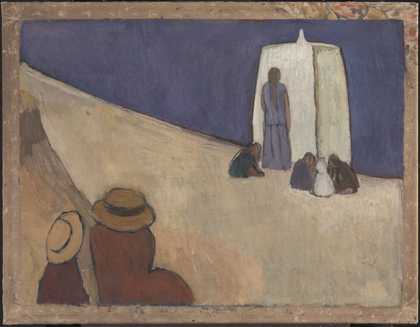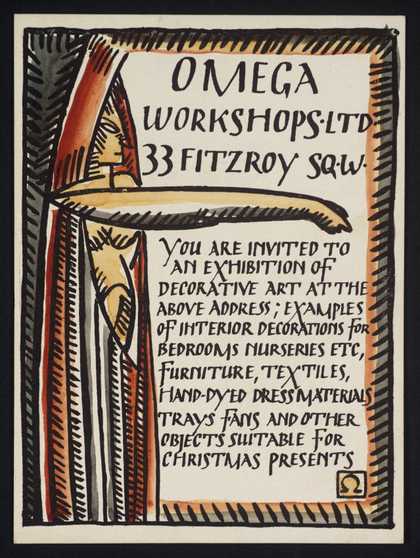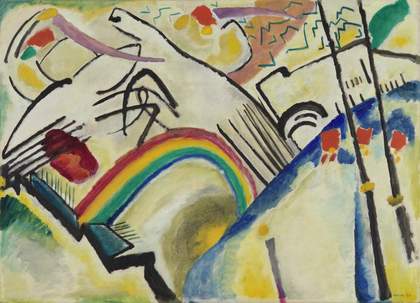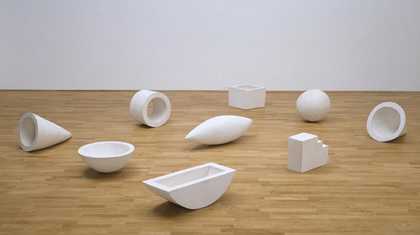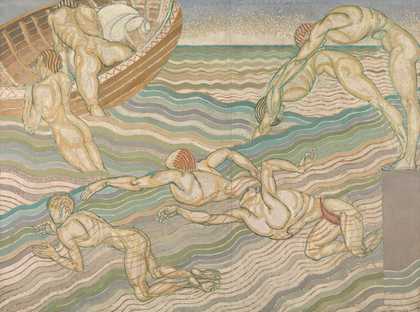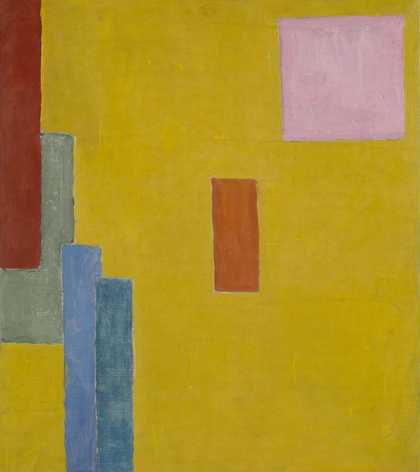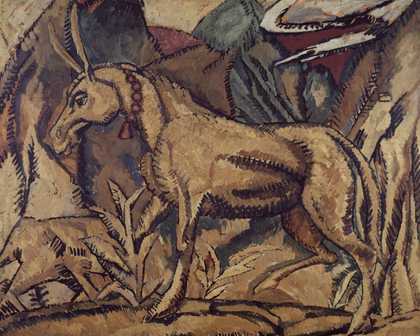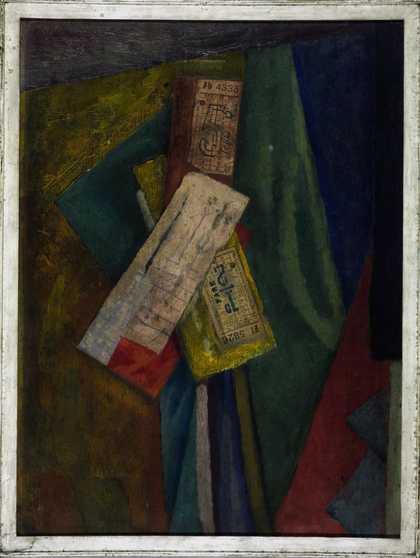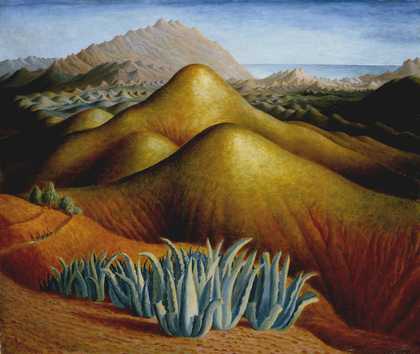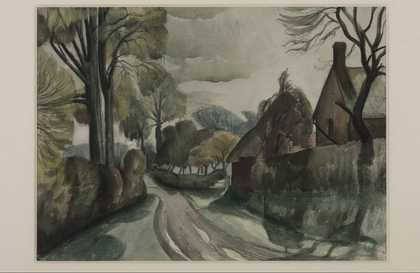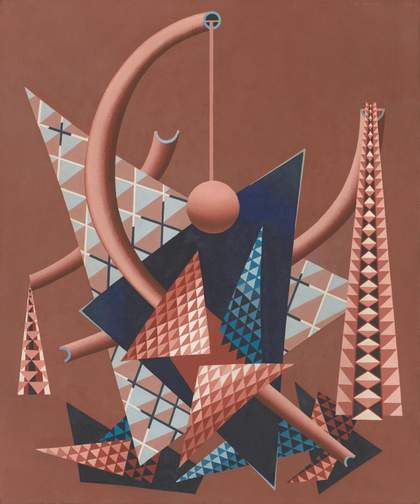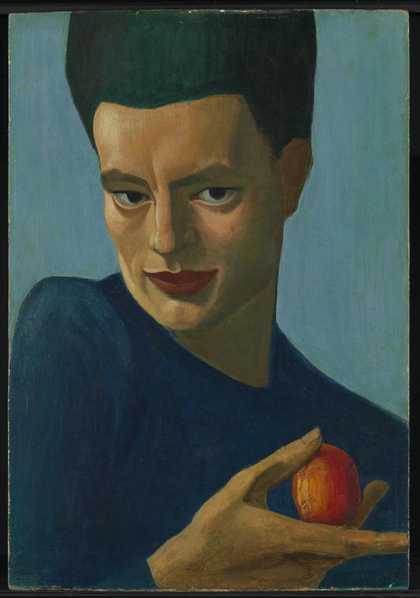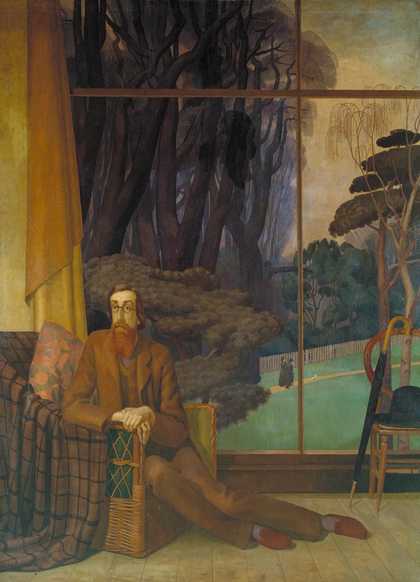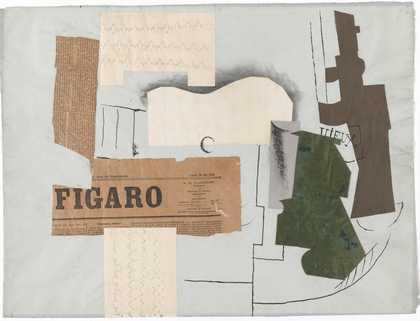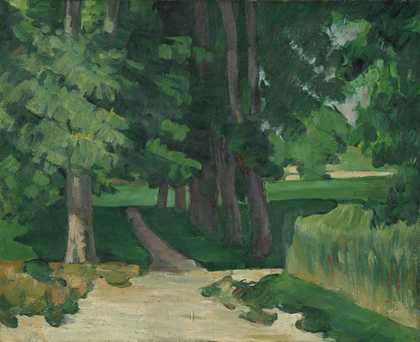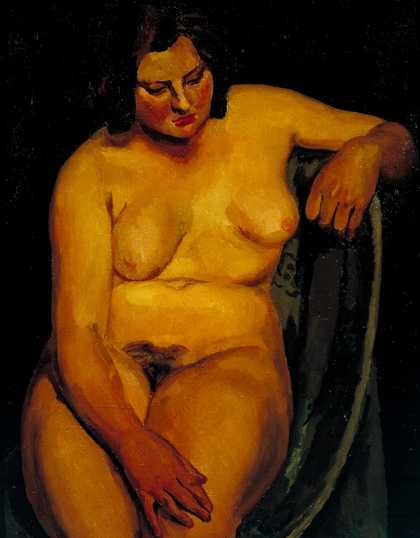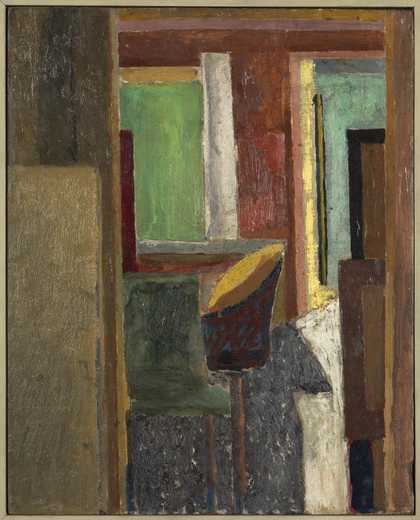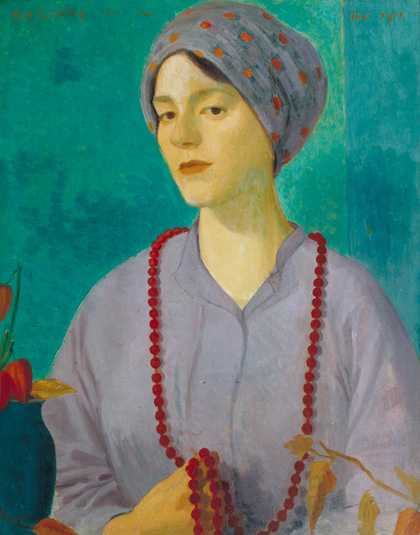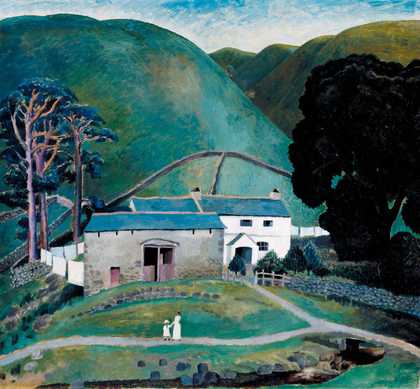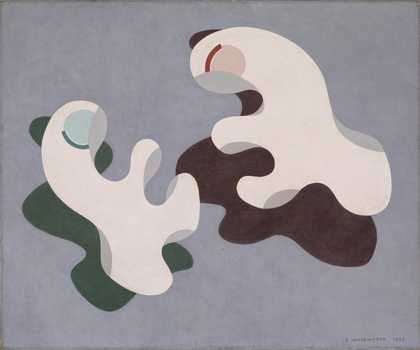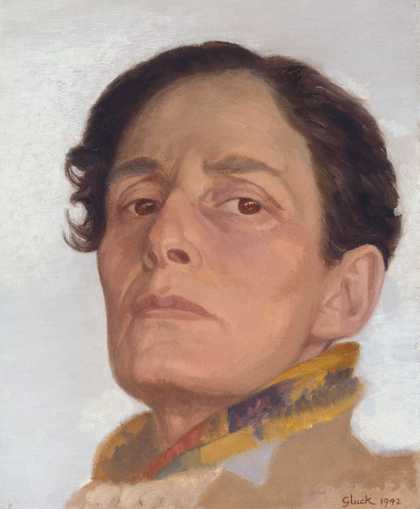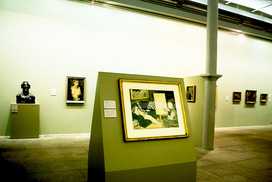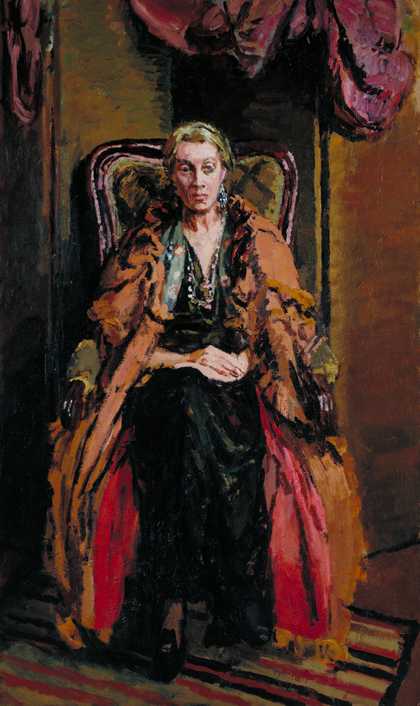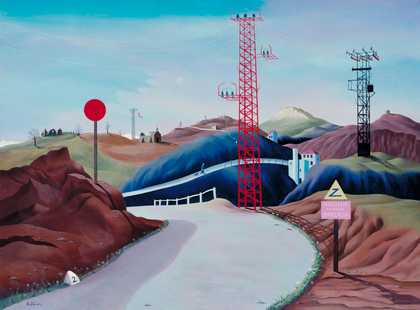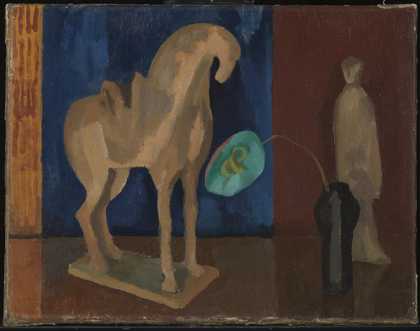
Roger Fry
Still Life with T’ang Horse (c.1919–21)
Tate
Introduction
In 1905 a group of writers and intellectuals began to meet at the London home of the artist Vanessa Bell and her writer sister Virginia Woolf to share ideas and support each other’s creative activities…their meetings continued for the next three decades. They were in revolt against everything Victorian and played a key role in introducing many modern ideas into Britain.
The principal artists of the group were Vanessa Bell, Roger Fry, who was also a highly influential critic, and Duncan Grant. The intellectuals included the biographer Lytton Strachey, the economist Maynard Keynes, the novelist Virginia Woolf and the art critic Clive Bell.
Although those associated with Bloomsbury resisted being categorised as a group, they became known as the Bloomsbury Group. The name ‘Bloomsbury’ was first attached to the group in 1912 when Vanessa Bell, Duncan Grant and other young artist associates exhibited work at the Post-Impressionist Exhibition organised by Roger Fry. Bloomsbury refers to the area in which they lived and worked – a district of garden squares surrounded by elegant town houses in central London.
With the deaths of key members in the 1930s and 1940s, the group lost its cohesion, although individual members remained friends and continued their creative careers.
In context: The Bloomsbury legacy
Writer Dorothy Parker famously said of the Bloomsbury Group that they ‘lived in squares…and loved in triangles’. They have been criticised as an elitist hangover from the bohemianism of the nineteenth century, and their backgrounds and unconventional lifestyle have often overshadowed their artistic achievements. However, despite the criticisms levelled at them, many of the members of the Bloomsbury circle were important thinkers and innovators and they made a significant contribution to the development of modern art, design and literature.
Art, art theory and design
In 1910 Roger Fry organised the hugely important exhibition Manet and the Post-Impressionists, which brought modern French art to London and to the attention of the British public. Visitors to the show were duly scandalised by the many works by Paul Cézanne, Paul Gauguin, Vincent Van Gogh, Henri Matisse and Pablo Picasso, but the avant-garde experiments of these European artists were embraced by the Bloomsbury painters. They created their own distinctive brand of post-impressionism, and in around 1914 were among the first artists in Britain to produce abstract art.
The art writing of Clive Bell and Roger Fry was also extremely influential in the development of modernist art theory. Clive Bell’s Art published in 1914 outlined his theory of significant form which promoted abstract art; and Vision and Design, a collection of essays by Roger Fry, published in 1920, sealed Fry’s reputation as Britain’s leading art critic.
Roger Fry also founded the design firm Omega Workshops, with the radical aim of breaking down the separation between fine art and design. Bloomsbury artists designed pottery, furniture, fabrics and interiors for Omega. Although the enterprise was short-lived – it lasted for six years – designs produced by Omega were important to the development of design in the twentieth century.
Writers and thinkers
The legacy of the literary members of the group was also significant. Virginia Woolf’s experimental stream-of-consciousness novels were at the forefront of modern writing, and she is considered by many to be one of the greatest British writers. Bloomsbury also promoted important modern writers. The books published by the Hogarth Press – set up by Virginia Woolf and her husband Leonard in the kitchen of their home – include works by T.S. Eliot and E.M.Forster.
The economist Maynard Keynes, another close member of the Bloomsbury circle, was one of the most influential economists in history. His theory of macroeconomics has affected the economic policies of many governments.


